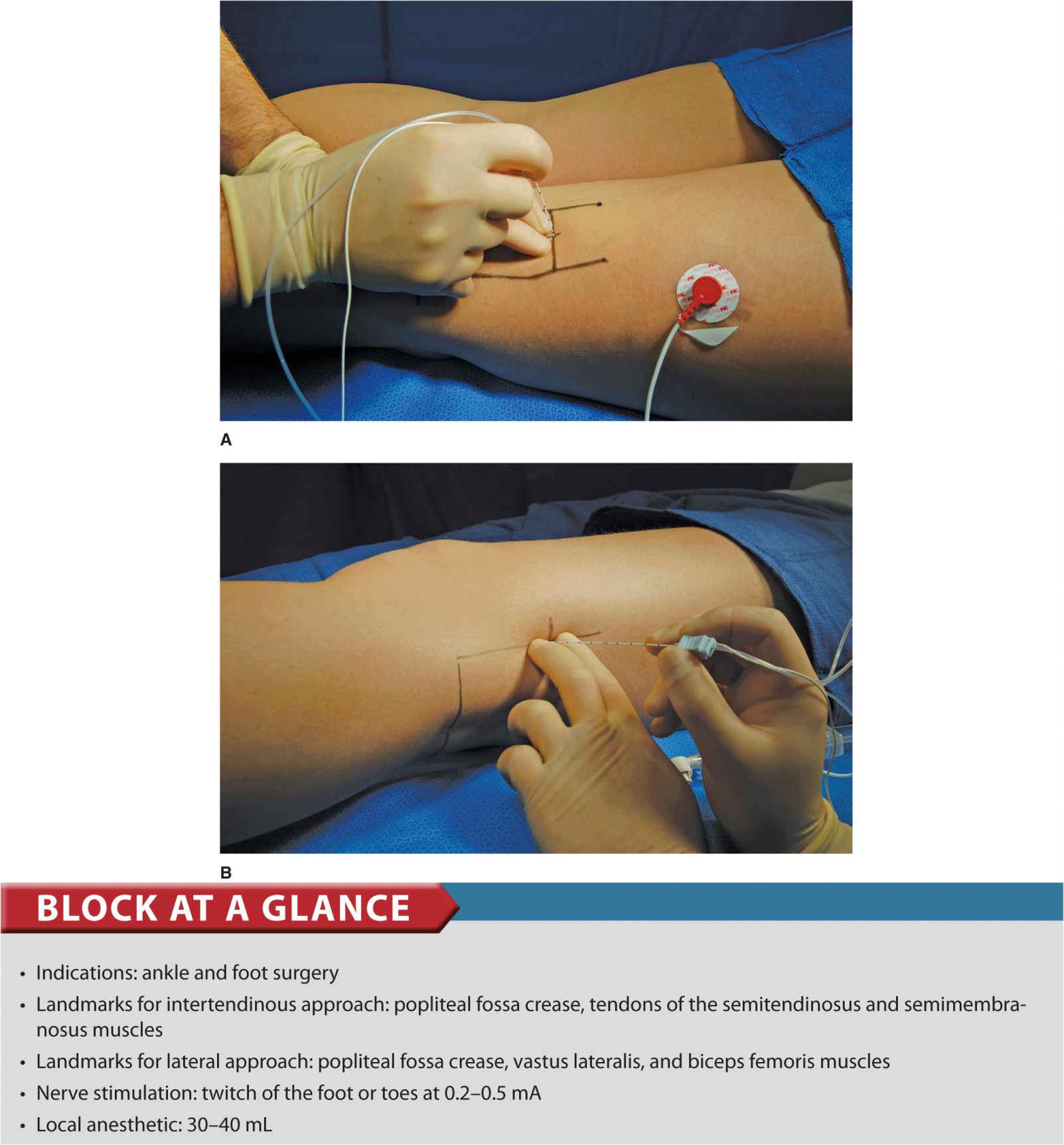
Development and Application of a Pressure-based CFD Parallel Computing Algorithm
In addition to developing motor skills and hand-eye coordination, block play can also help foster creativity, enhance problem-solving ability and build other cognitive, emotional and social skills. However, the building block approach gives our users the ability to build an application or a portal by simply using different building blocks. A building block is a set of standardized components built together as a block based on a specific logic and reusability.

- The adductor canal is approach to the femoral nerve. The correct continuous code is 64448 (64447 for single injection). You can use 64448 for continuous infusion for the other, but, again, the fascia iliaca is the approach to the femoral nerve. The approach is through the iliopsoas muscle, through the fascia and into the lumbar plexus ne.
- Distant signals are often referred to as Approach Signals as the signal block before the interlocking is known as the approach block. When a train enters the approach block any route lined up at the interlocking will become locked in place until a timer is run to prevent routing a conflicting movement without giving the approaching train.
H.M. Shang, Y.S. Chen, in Parallel Computational Fluid Dynamics 1998, 1999
Approaching Blocks Minecraft
3.1 Domain Decomposition
In the domain decomposition approach, blocks containing large grid points can be subdivided to subblocks, and hence one or several blocks/subblocks can be assigned to each processor. Maximum efficiency can be achieved by giving each processor the amount of work to do according its CPU speed and memory size. Therefore, the same code runs on all processors on its own set of data. Exchange of data between processors and/or storage is necessary to enforce the boundary conditions at the divided interfaces.
An example of square 2D computational domain and mesh is shown in Fig. 1. To use 4 same speed processors for parallel computing, 4 equal blocks are divided as shown in Fig. 2. The divided interfaces present zonal boundaries in multi-block FDNS code. The algorithm employed in FDNS code for updating zonal boundary conditions has be re-constructed to allow the data exchange between each twin interfaces at one divided interface during each solution iteration.
Read full chapter